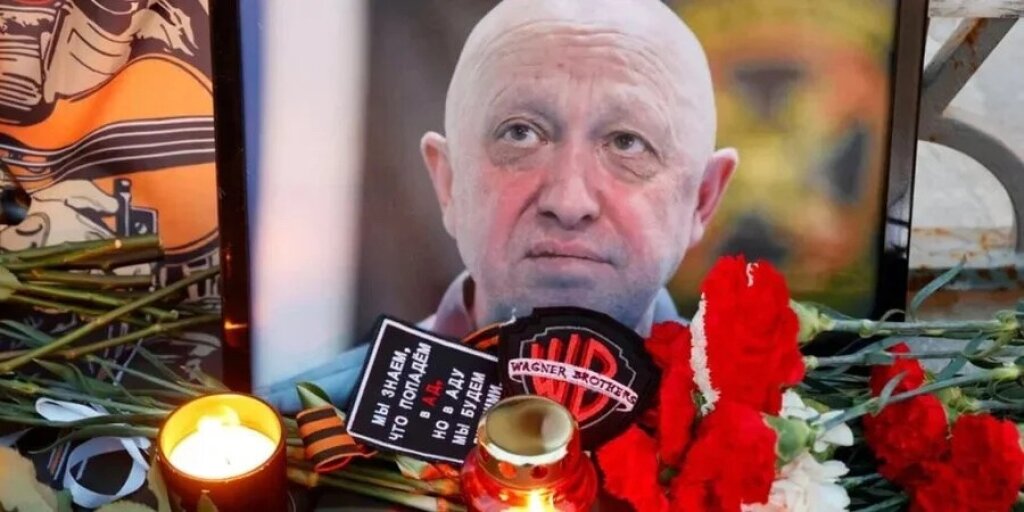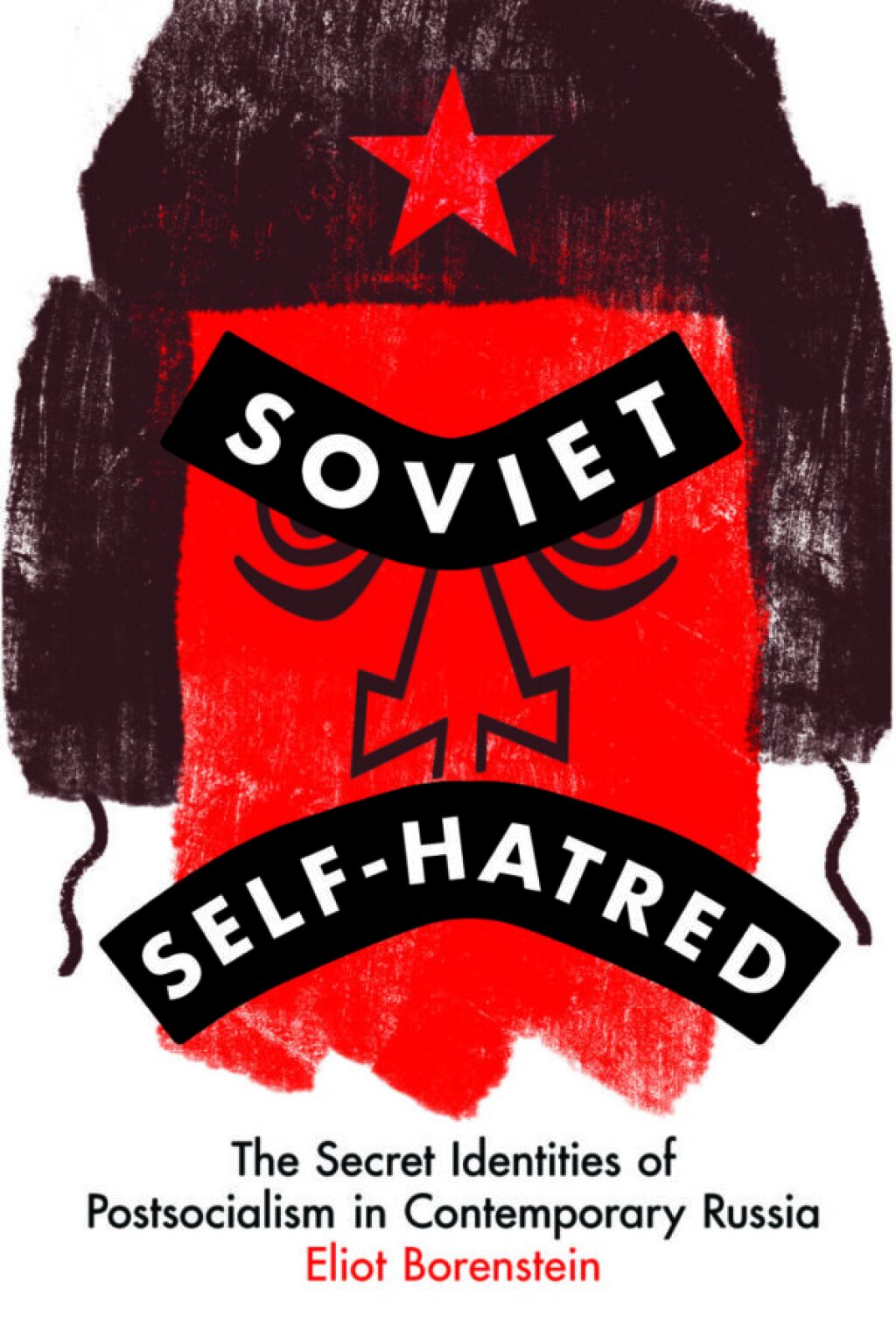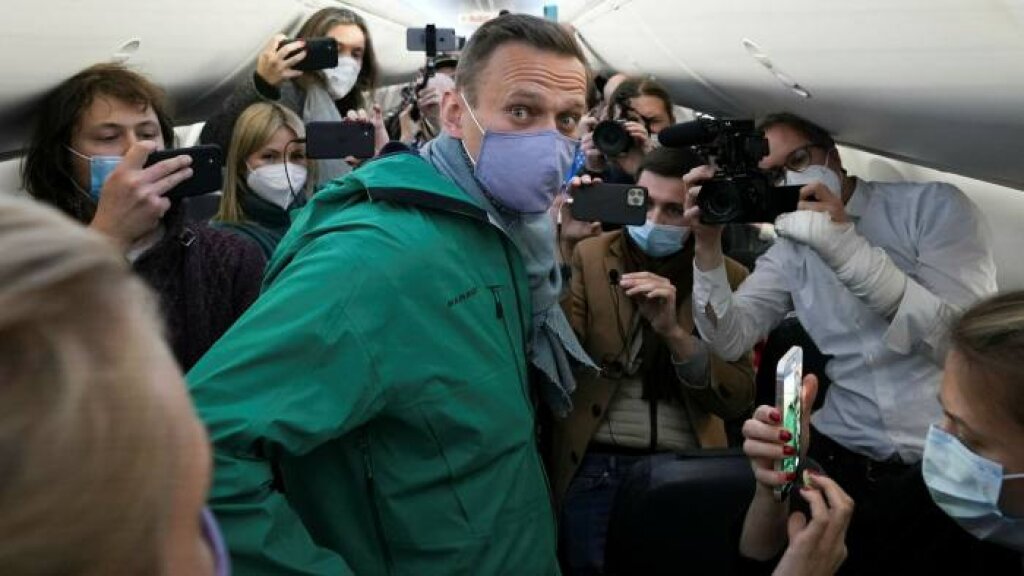The Jordan Center stands with all the people of Ukraine, Russia, and the rest of the world who oppose the Russian invasion of Ukraine. See our statement here.
This piece originally appeared on the Cornell University Press Authors' Blog on 8/25.
Eliot Borenstein is Professor of Russian & Slavic Studies and Interim Vice Chancellor and Vice Provost for Global Programs at New York University.
In shocking news that shocks no one, Yevgeny Prigozhin, the leader of what looked like an aborted coup by the private mercenary company he led, has apparently died in a mysterious plane crash. So what does this all mean? Or, to put it more awkwardly and more precisely, what is this all going to mean?
When Prigozhin brought the Wagner Group within spitting distance (well, missile distance) of Moscow as part of his “march of justice” in late June of this year, observers were riveted by a spectacle that was a strange cross between Apocalypse Now and Stripes. The Wagner Group was an undeniably murderous, criminal organization that had perpetrated atrocities on at least two continents, but the real-time coverage and social media self-promotion had a bizarre “reality show meets TikTok” feel about it (the Real House-Mercenaries of Voronezh).
After Prigozhin halted his advance, Russia watchers and anti-Putinists found themselves in an uncomfortable position. No reasonable person could harbor any illusions about Prigozhin as a potential liberator of Russia from authoritarianism, and the prospect of armed conflict in Moscow was appalling. But for a moment, it seemed like Putin’s days might not only be numbered, but numbered in the single digits.
No reasonable person could harbor any illusions about Prigozhin as a potential liberator of Russia from authoritarianism [. . .]
Yet none of this justifies some of the lazy and downright wrong characterizations of Prigozhin by the Western media now that he appears to be safely dead. Witness the New York Post’s August 23 headline: “Russian Dissident Yevgeny Prigozhin Dead After Plane Crash Outside Moscow: Wagner Group.” Solzhenitsyn was a dissident. Navalny is a dissident. Prigozhin was nothing of the sort.
Prigozhin had supported Putin from the very beginning, and used his economic and military might to put down rebellions and advance Putinist policy for years. Turning against his former sponsor does not retroactively make him a dissident. It makes him something much more predictable in a personalist, authoritarian system: a member of the power elite who got fed up and tried to take over.
Just days after the airplane disaster, two questions are on everybody’s mind: was this a deliberate assassination, and was Prigohzin actually on the plane? The fact that both these questions can be asked, and also that most people reasonably assume that they can be quite easily answered, is what is most important.
As I demonstrated in Plots against Russia: Conspiracy and Fantasy after Socialism, Russia under Putin has been prone to countless conspiracy theories. As in the rest of the world, most of the outrageous conspiratorial narratives are not state-sponsored, at least initially: politicians, pundits, intellectuals, and random Internet bloggers develop and spread the often outlandish ideas that can eventually be received as fact. Where things have gotten complicated, and dangerous, is in the state and state media’s appropriation and dissemination of these theories as instruments of disinformation and social control. Putinism thrives on an epistemic uncertainly that facilitates political apathy: no one can determine the truth, and it’s hardly worth the bother to try.
As in the rest of the world, most of the outrageous conspiratorial narratives are not state-sponsored, at least initially: politicians, pundits, intellectuals, and random Internet bloggers develop and spread the often outlandish ideas that can eventually be received as fact.
The latest, and presumably final, chapter in the Prigozhin saga will fit into this framework perfectly, while also meeting a public appetite for intrigue. Setting aside for a moment the likelihood that a missile or bomb was responsible for downing Prigozhin’s aircraft, it is perfectly possible that a famous person who is in open opposition to Putin might, like anyone, be unlucky enough to die in a plane crash. But everyone is going to assume that Putin’s regime was behind it. Like the 1999 Moscow apartment bombings that may or may not have been masterminded by Putin’s FSB, it will always exist as two mutually contradictory stories: an improbable accident and a ruthless political murder.
Even if the majority of Russians following the news do believe that Putin was behind it, this is unlikely to have any real effect on his support. Putin’s regime is behaving exactly as everyone would expect; the real surprise was that Prigozhin lived so long.
There is, however, one final twist to the Prigozhin story that is likely to extend it to different, but still familiar territory: what if Prigozhin wasn’t on the plane? As soon as the story broke, reports also questioned whether or not the passenger list was accurate. In other words, Prigozhin could have had a lucky escape, or even faked his own death.
I will not be at all surprised if, over the next several years, we hear about groups of admirers who are convinced that Prigozhin is still alive, waiting to make his move. There is clear historical precedent, of course: anyone familiar with the opera, play, or, for that matter, history of Boris Godunov will remember that a pretender marched on Moscow, claiming to be Dmitry, the previous tsar’s dead son who survived an attempted murder masterminded by Russia’s current leader (Godunov). During the Time of Troubles (1598-1613), Russia faced not one, but three such “False Dmitrys.”
Though the Pretender tale is a famously Russian story, it is by no means the exclusive intellectual property of the Russian Federation. Just two years ago, QAnon followers were anxiously awaiting the return of John F. Kennedy, Jr., whose 1999 death (in a plane crash!) was supposed to be a hoax. JFK Jr. never showed, but QAnon cultists are persistent in their faith, as if they were a fascist variation on Linus from Peanuts waiting for a handsome and ripped incarnation of the Great Pumpkin to come prove that their inane beliefs are true.
Prigozhin’s selfies in disguise found during the raid in his hous via FOCUS.UA/ Фокус.
It is too early to say whether any “False Yevgenys” are going to rear their lumpy heads in the coming days, but the Russian Internet recognizes a good thing when it sees one. Among the many memes flying across the ether is a well-known assemblage of photos of Prigozhin wearing six different disguises. The meme is captioned, “Photos of all the passengers on the airplane.”
We have clearly not seen the last of Yevgeny Prigozhin.





